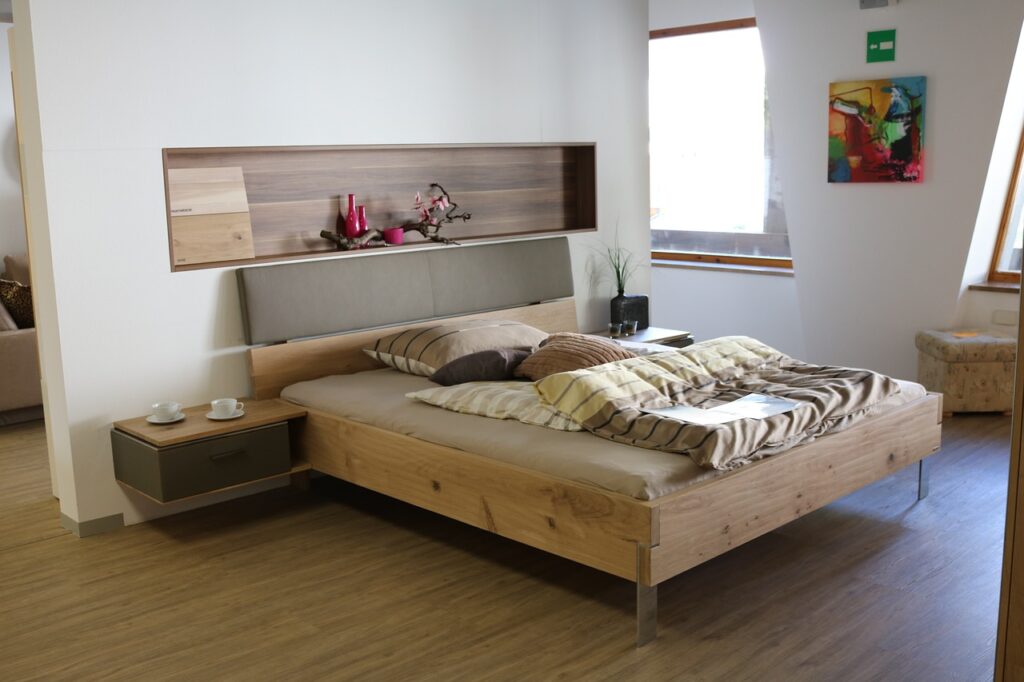Painting is a powerful tool that can completely transform the look and feel of your home. Whether you're renovating or simply looking for a change, residential painting offers endless possibilities to enhance your living space. In this article, we will explore the world of residential painting, including choosing the right colors, understanding different styles, and drawing inspiration for your next painting project.
Choosing the Right Colors: Selecting the perfect colors for your home is a crucial step in the painting process. With thousands of options available, it can be overwhelming to make a decision. However, by following a few key principles, you can create a cohesive and visually appealing color scheme.
Start by taking inspiration from existing objects in your home that convey comfort or have an emotional connection for you. It could be a pillow, a painting, or even a favorite tie or scarf. Take these items to the paint store and find three sample strips with colors that match them. Each strip typically contains six paint colors, giving you a range of options to work with. Choose one color as your wall color and save the other two for fabrics or furnishings. For adjacent rooms, select another color from the original three sample strips. Finally, incorporate a fourth color as an accent throughout the house, creating a connection between different spaces.
Understanding Different Finishes: The finish you choose can significantly impact the overall visual effect of your painted surfaces. Traditionally, satin or eggshell finishes were recommended for walls, while semi-gloss or high-gloss finishes were reserved for trims and accents. However, today’s trends embrace the use of finishes to create unique visual effects.
Experimenting with different finishes can add depth and texture to your walls. For example, painting one wall in a flat or satin finish and the adjacent wall in a semi-gloss finish, both in the same color, can create a corduroy or velvet effect when light hits the walls. Another option is to paint the walls with a flat finish and the ceiling with a semi-gloss finish, resulting in a contrast between matte and sheen. By strategically combining colors and finishes, you can emphasize the best features of your home’s interior.
Creating the Desired Mood: Colors have the power to evoke specific emotions and set the mood in a room. Understanding the psychological effects of different colors can help you create spaces that reflect your desired atmosphere.
Cool colors like blues, greens, and clean whites are generally perceived as restful and soothing, making them ideal for private rooms such as bedrooms or bathrooms. On the other hand, warm colors like red, orange, and yellow can create a sense of drama and energy, making them suitable for social spaces like dining rooms and kitchens. However, personal preferences and individual responses to colors can vary, so it’s essential to choose colors that resonate with you and align with the function of each room.
Exploring White: White is a versatile color that deserves special attention when it comes to residential painting. Not all whites are created equal, and understanding their undertones can help you achieve the desired effect [1].
Pure, “clean” whites without tinted undertones are often used to showcase artwork or furnishings and are popular choices for ceilings to create a neutral overhead field. Warm whites with yellow, rust, pink, or brownish undertones can make a room with limited natural light feel cozier. In contrast, cool whites with green, blue, or gray undertones can make a space feel more open. Testing several white options alongside other colors in the room will help you find the perfect shade that complements your overall color scheme.
Creating Flow and Enhancing Space: In open-plan spaces, using color strategically can help define different areas while maintaining a sense of continuity.
Instead of sticking to a single color or palette, consider using muted, dustier values that flow into one another. Historical palettes often offer such colors. You can inject bright colors as accents in furnishings, floor coverings, or flowers to add vibrancy. Additionally, certain colors can create optical illusions to make small spaces feel larger or cozier. Crisp whites can open up a small room, while darker colors can make surfaces appear closer than they are. Tailor your color choices to the specific needs and desired atmosphere of each space.

Residential painting is a transformative process that can elevate the aesthetics of your home. By carefully selecting colors, understanding different finishes, and considering the mood and purpose of each room, you can create a harmonious and inviting living environment. Let your creativity guide you as you embark on your painting journey, and watch as your home undergoes a remarkable makeover.
Traverse City, Michigan
Family-owned & Local Contractor
Full Spectrum Coatings is your go-to local coating company serving Northwestern Michigan areas. We are proud to offer top-notch residential and commercial interior painting and floor coating services that will transform your space into a work of art.
Phone: +1 231-631-1007
Email: kevin@fullspectrumcoatings.net
Traverse City, Michigan
